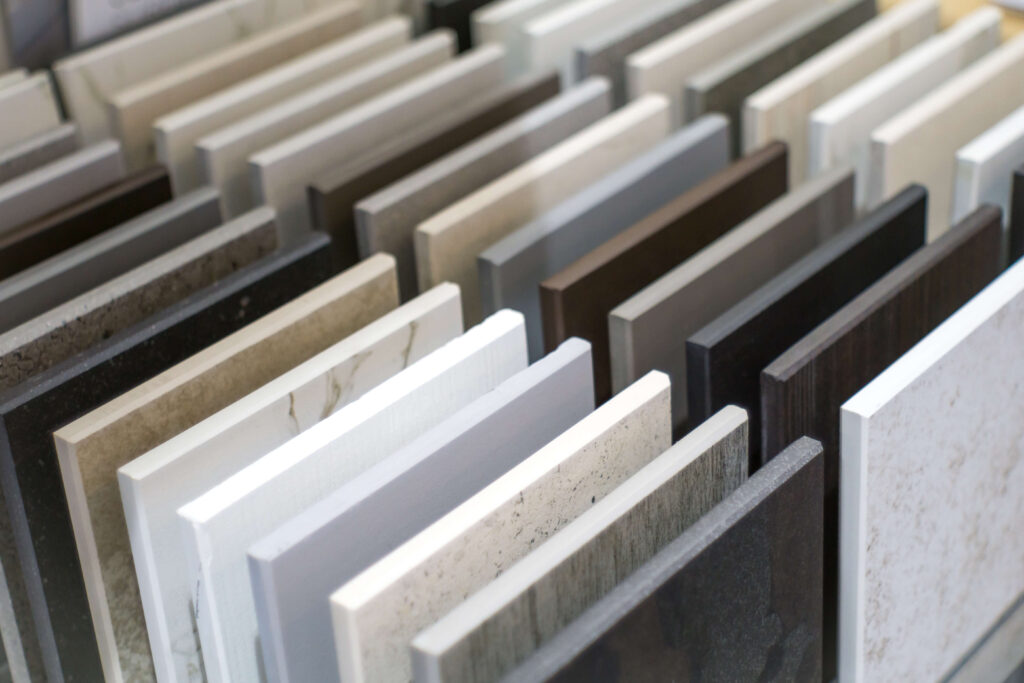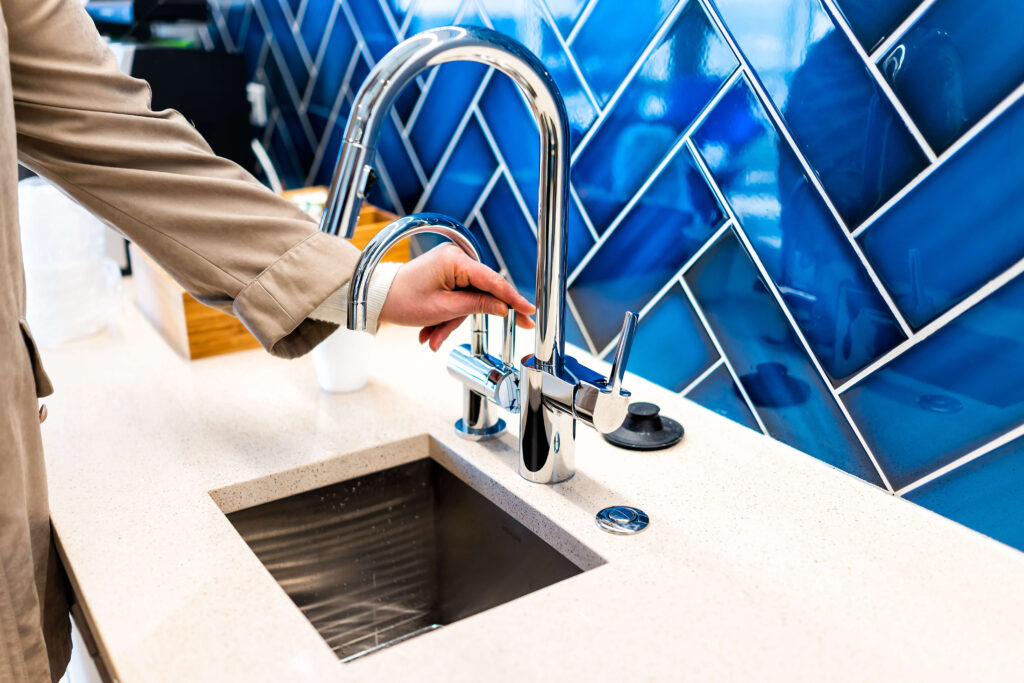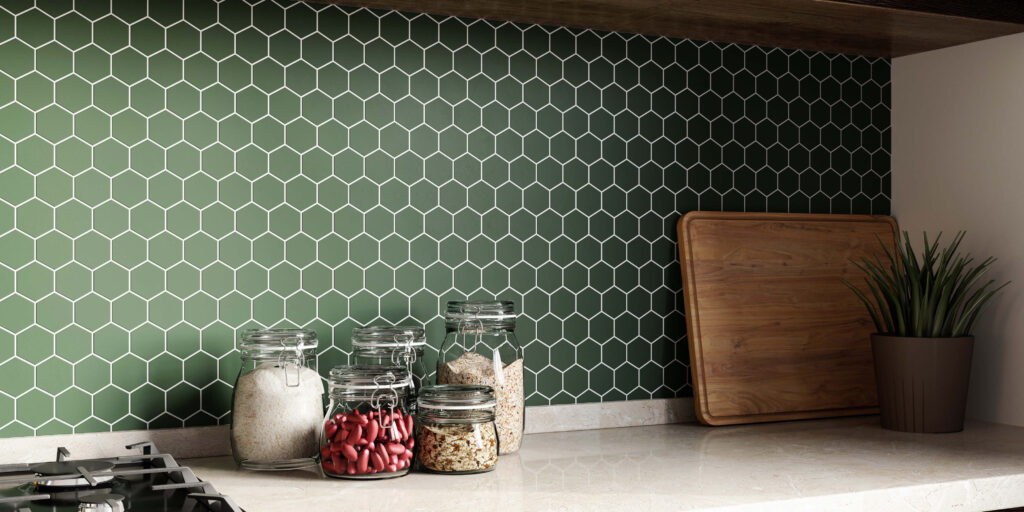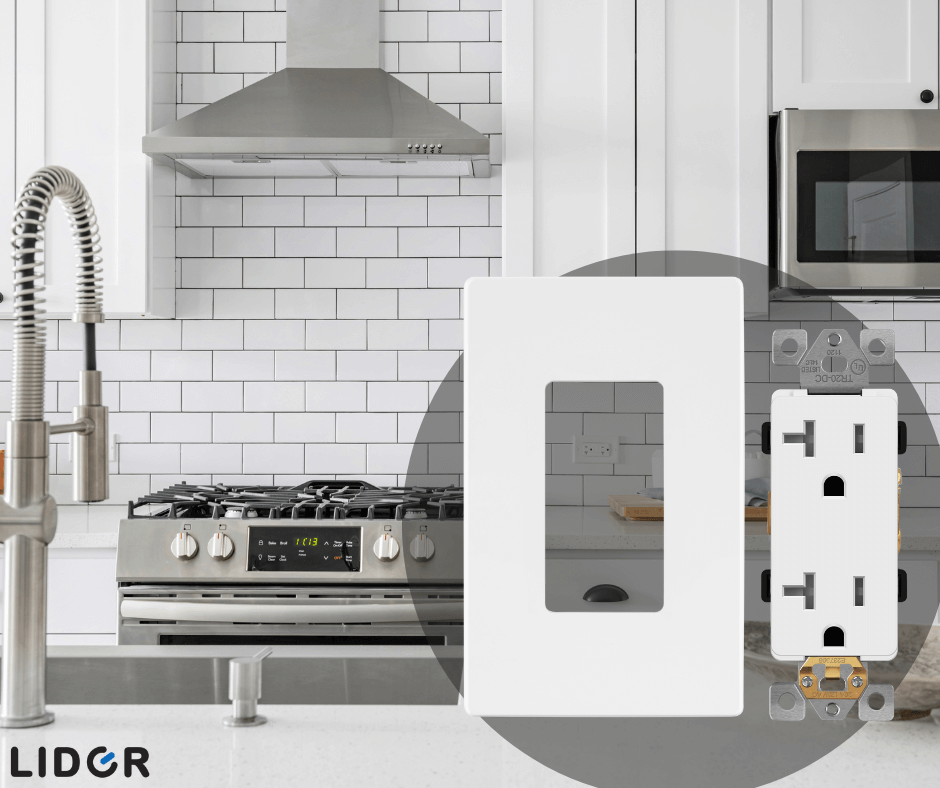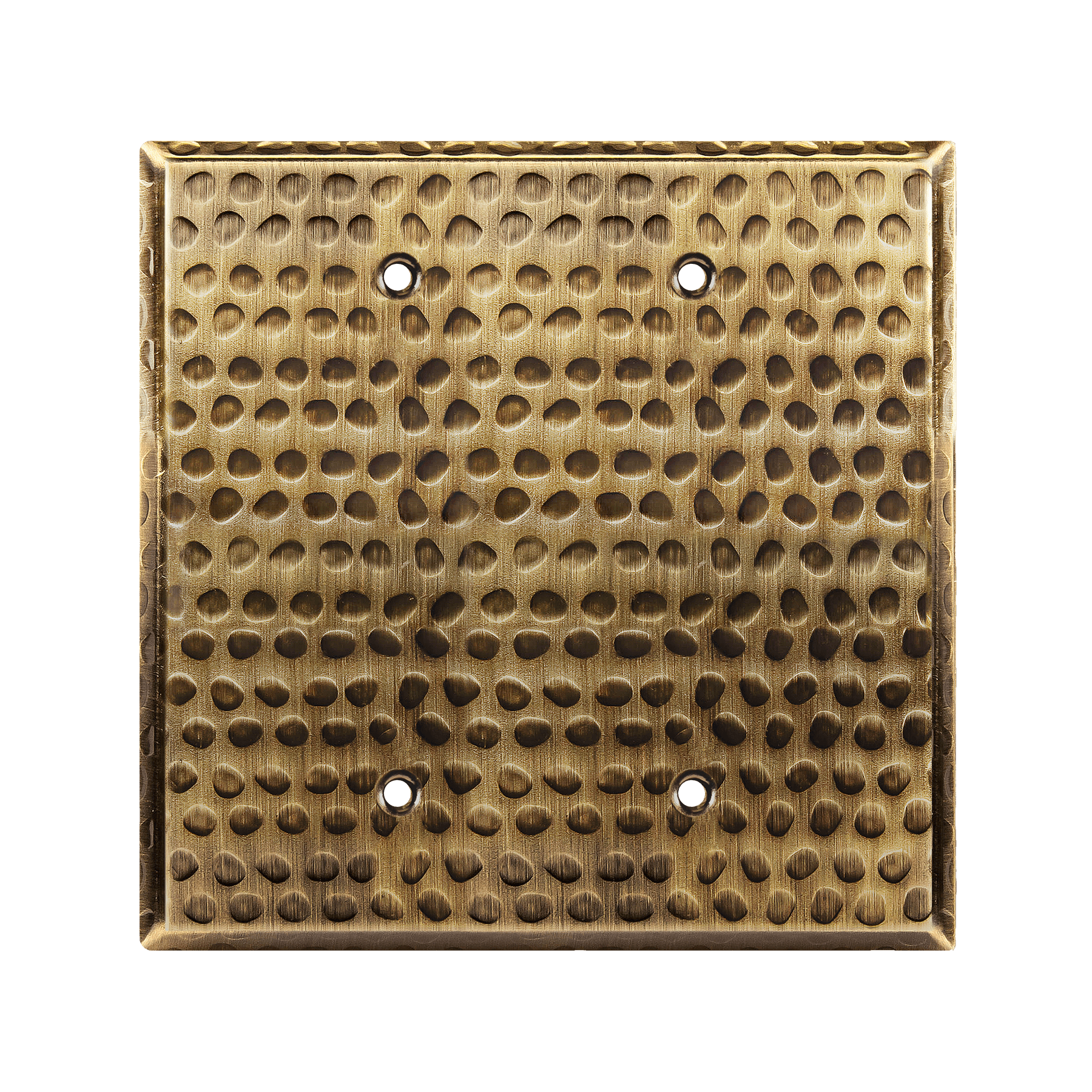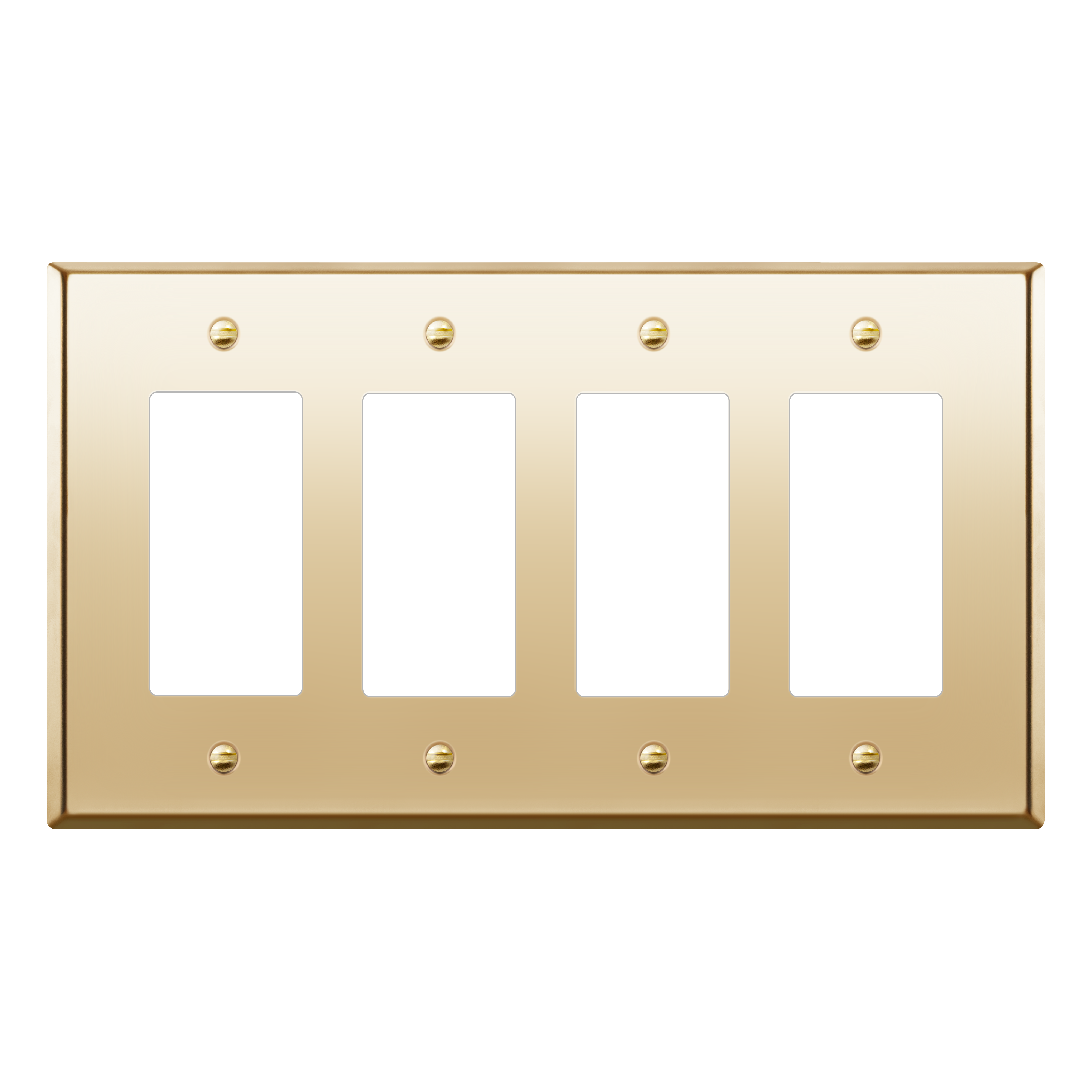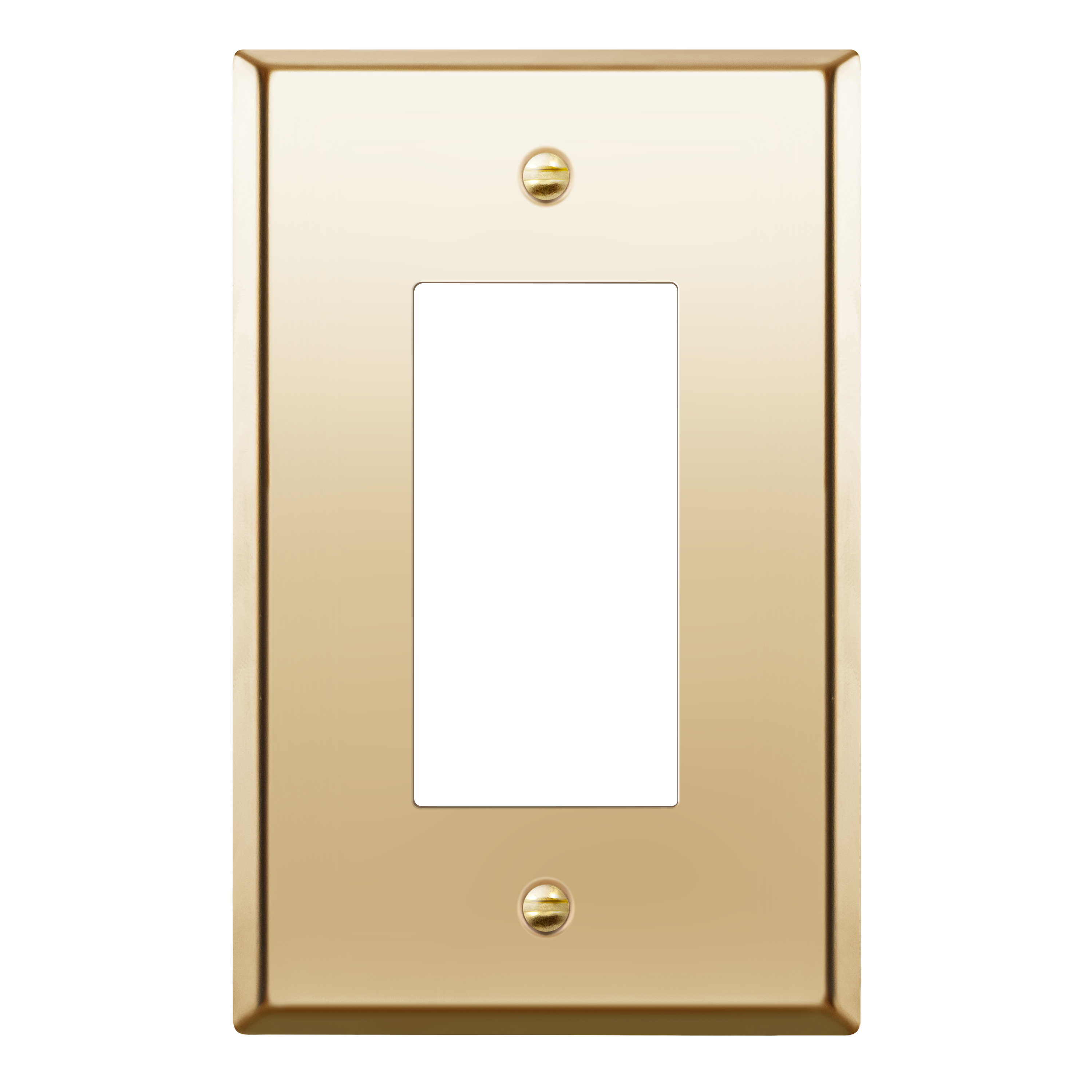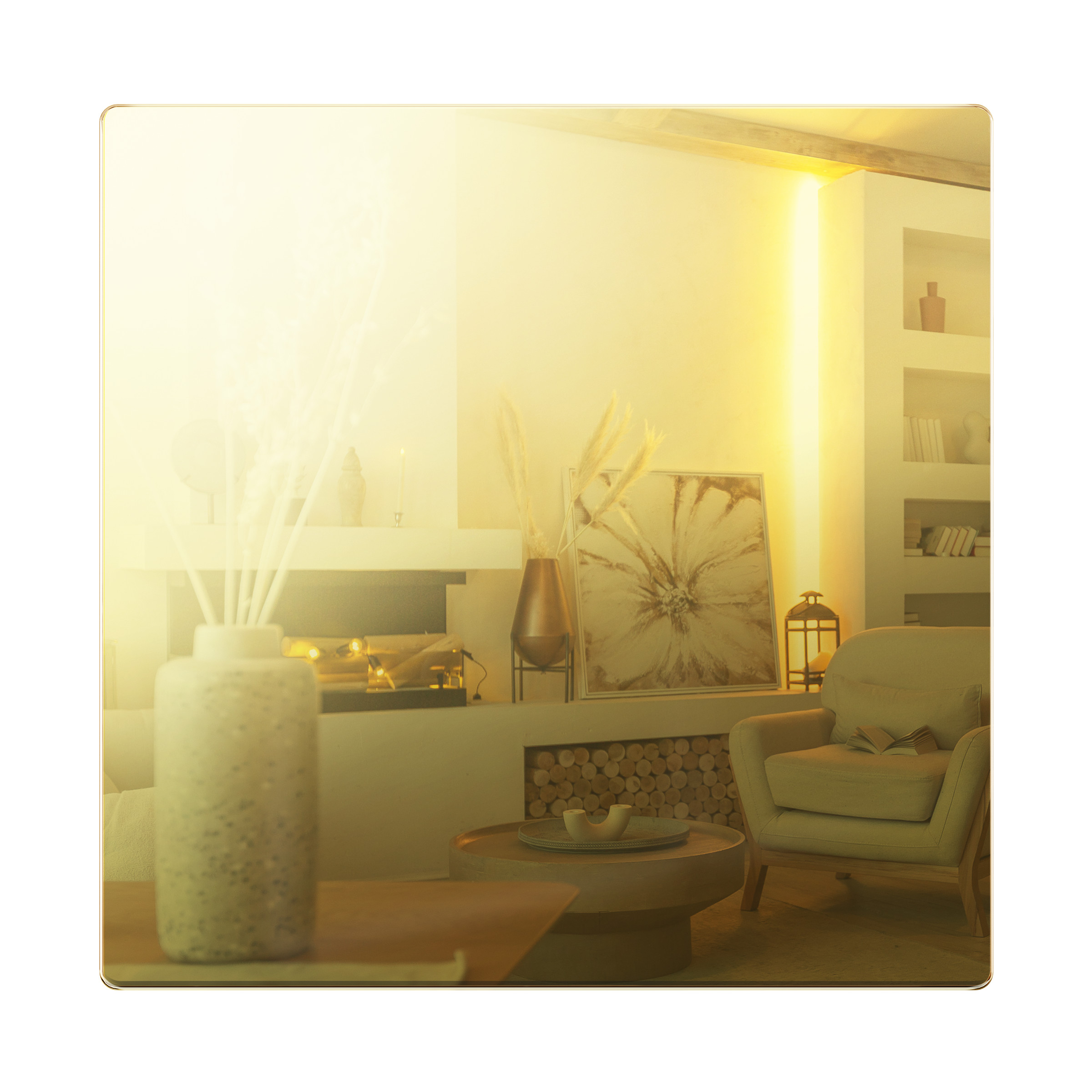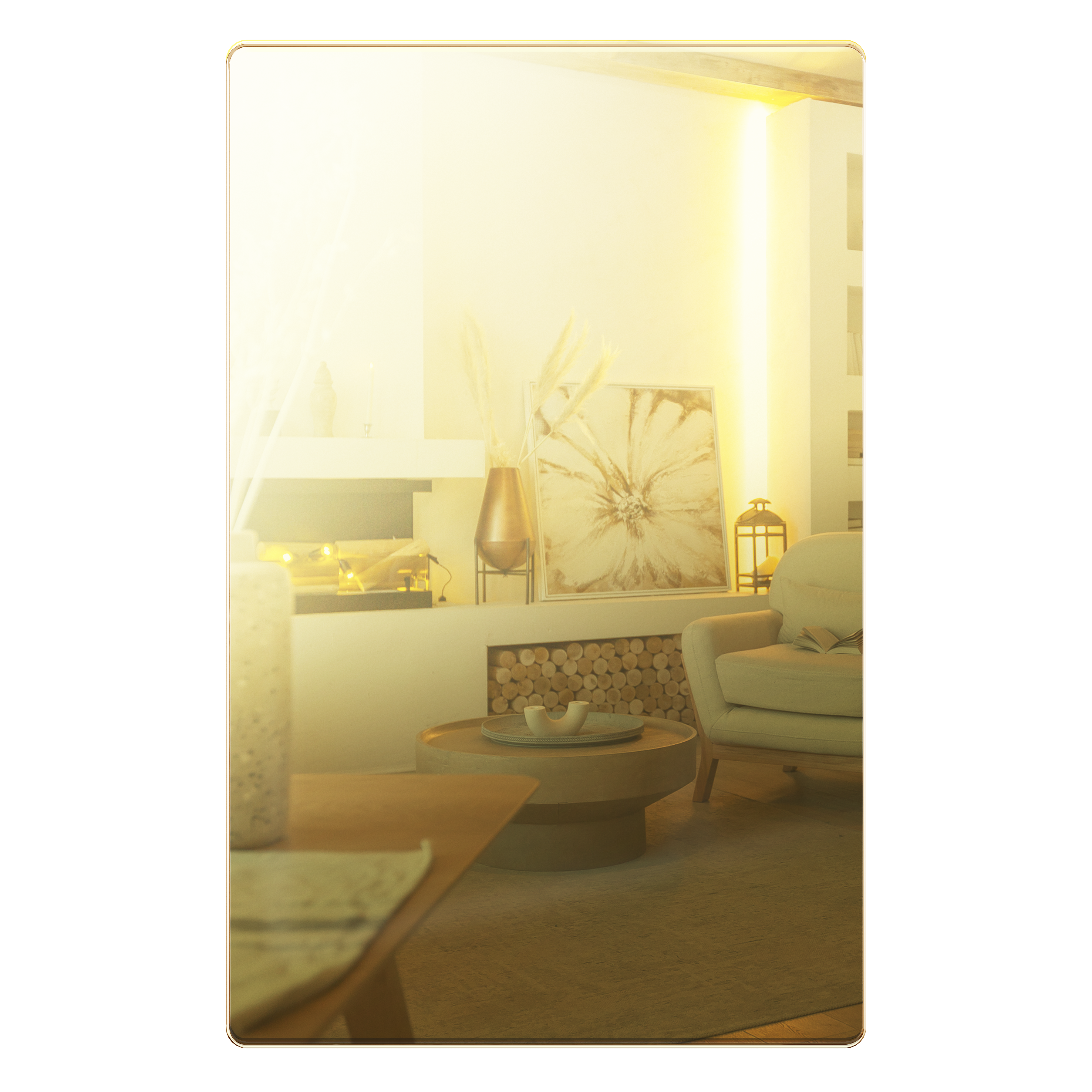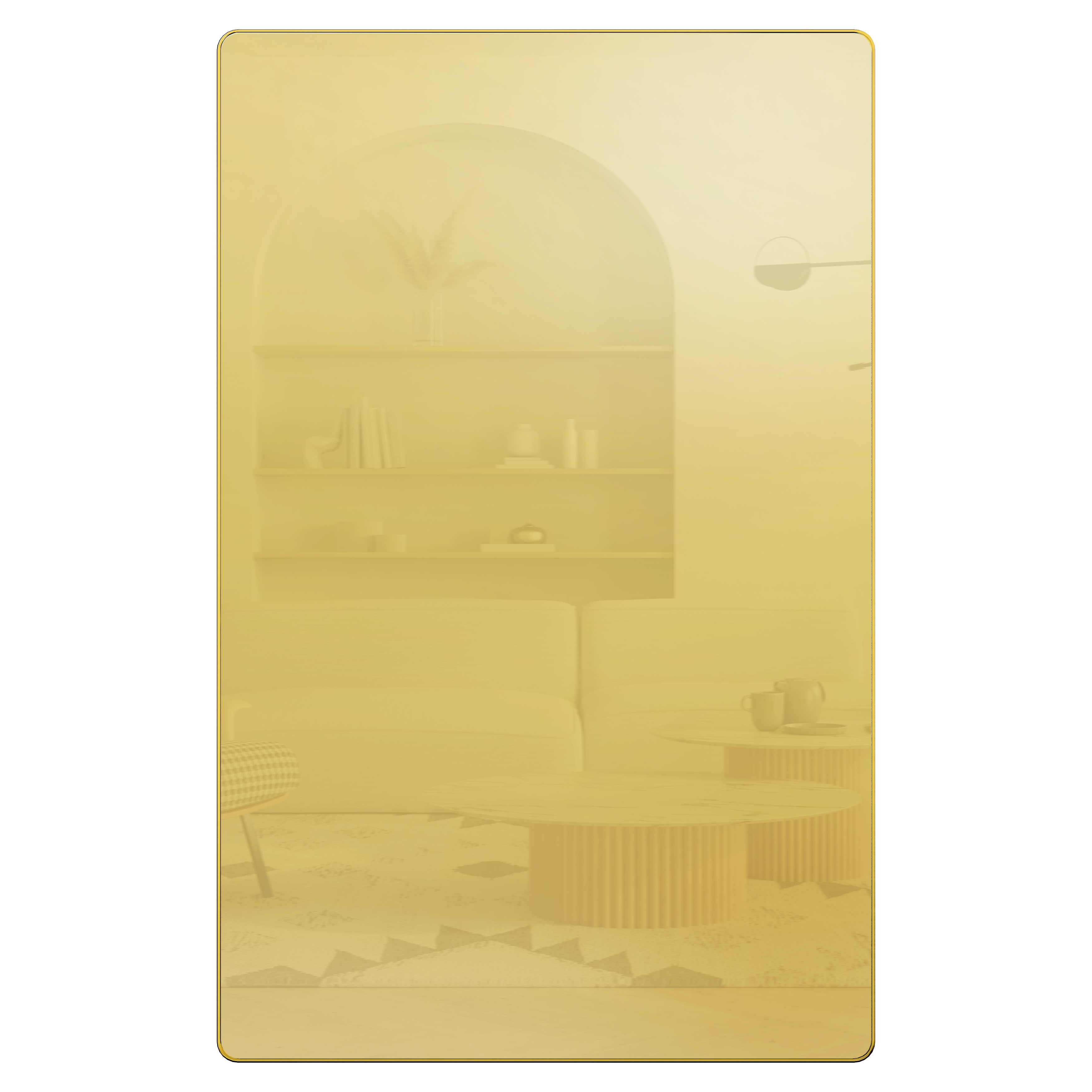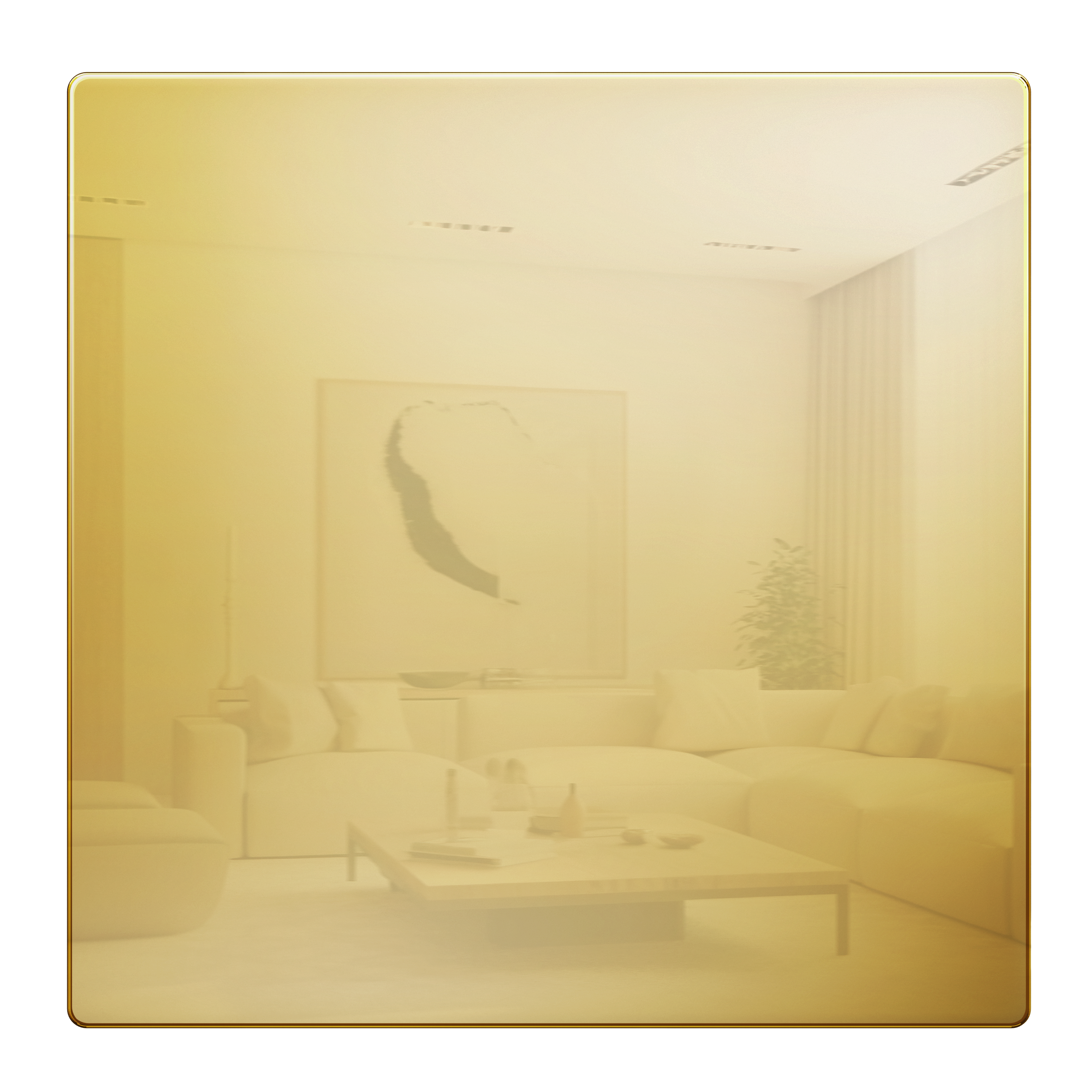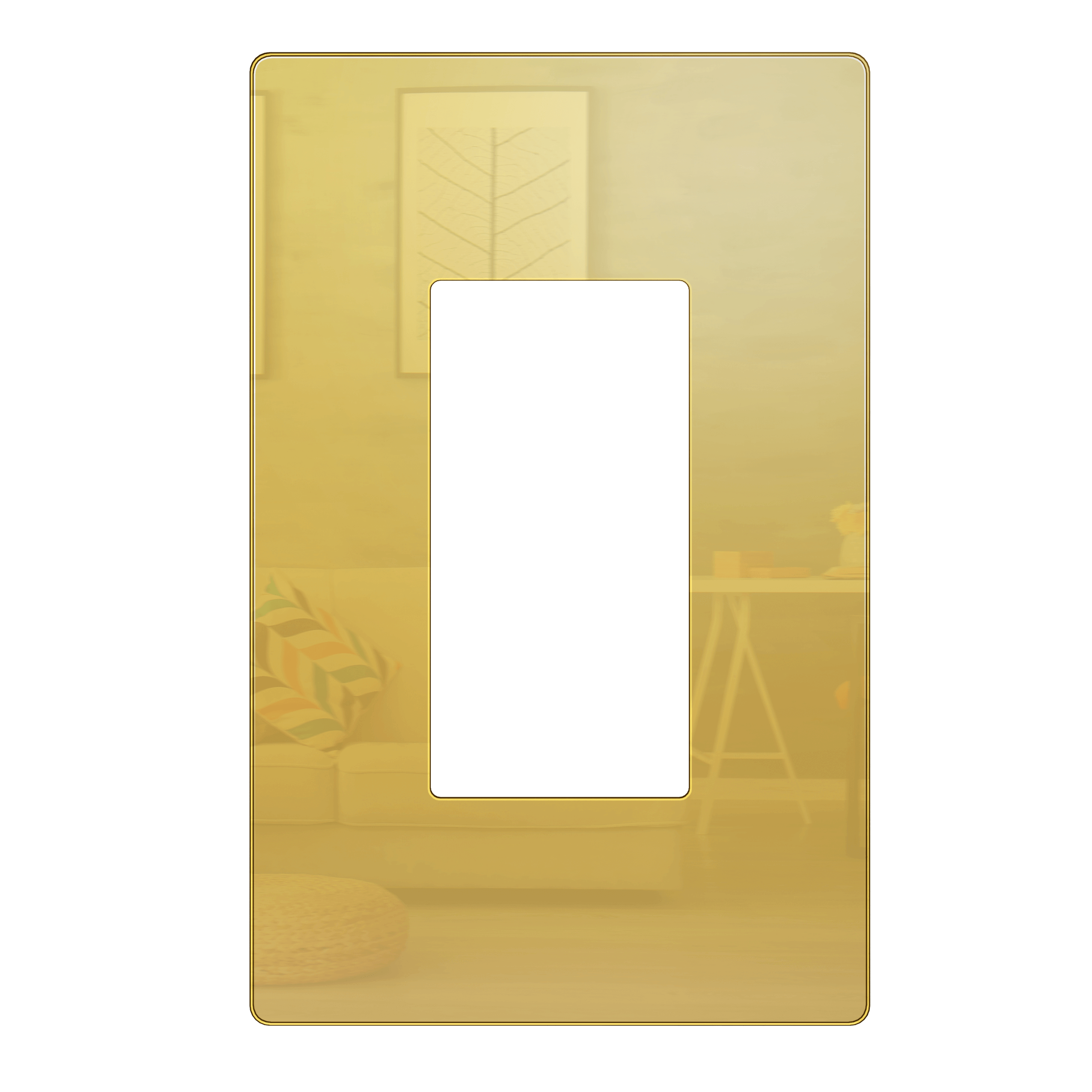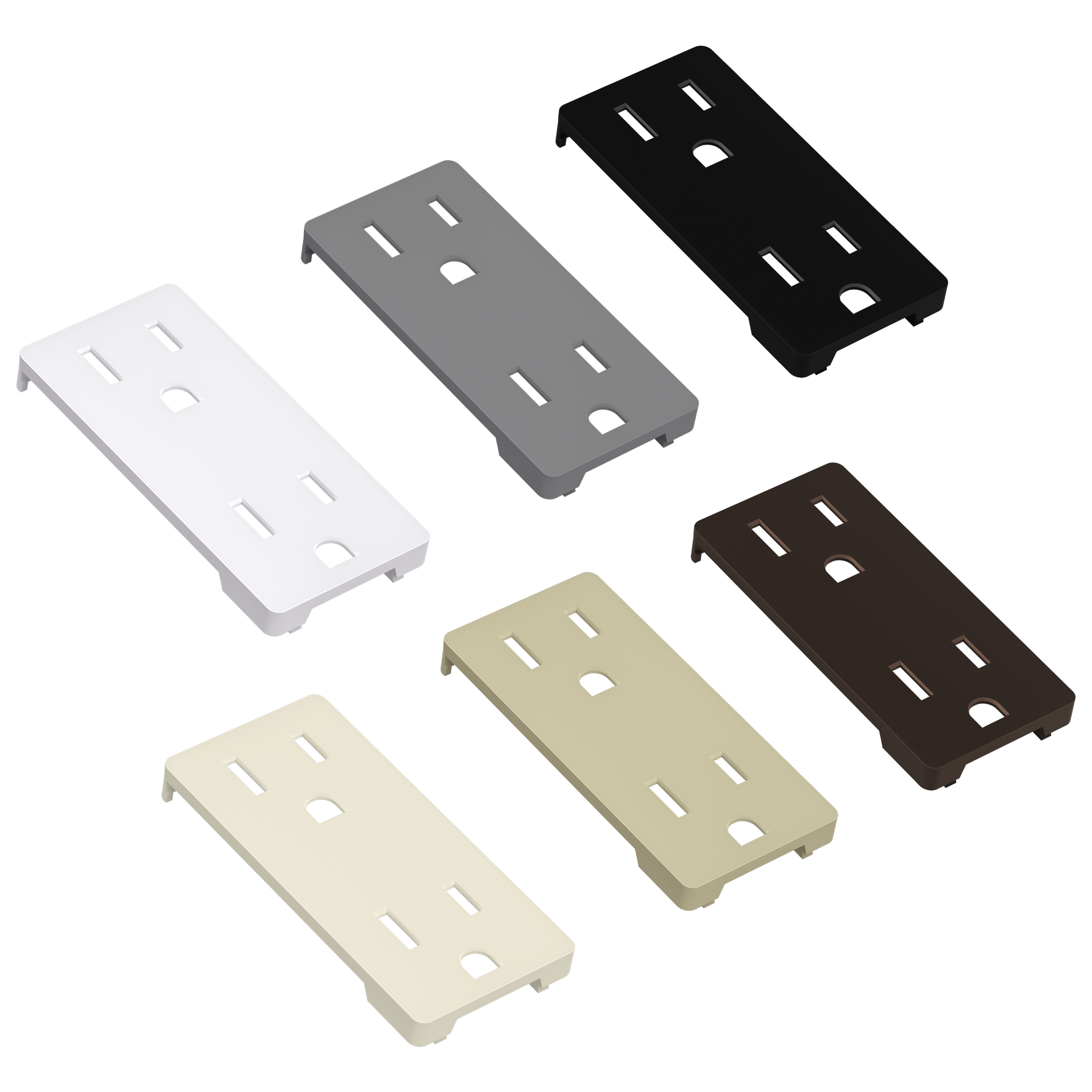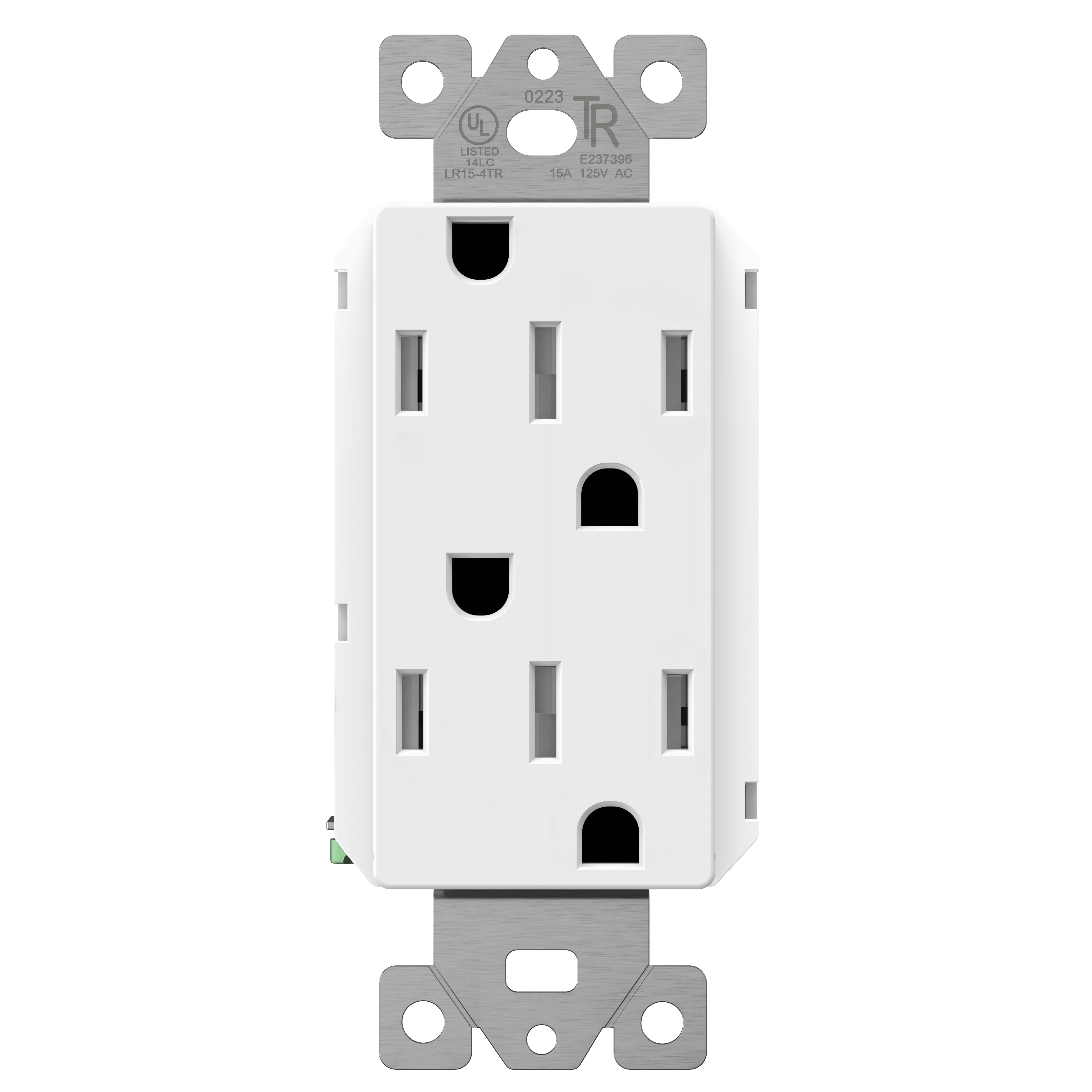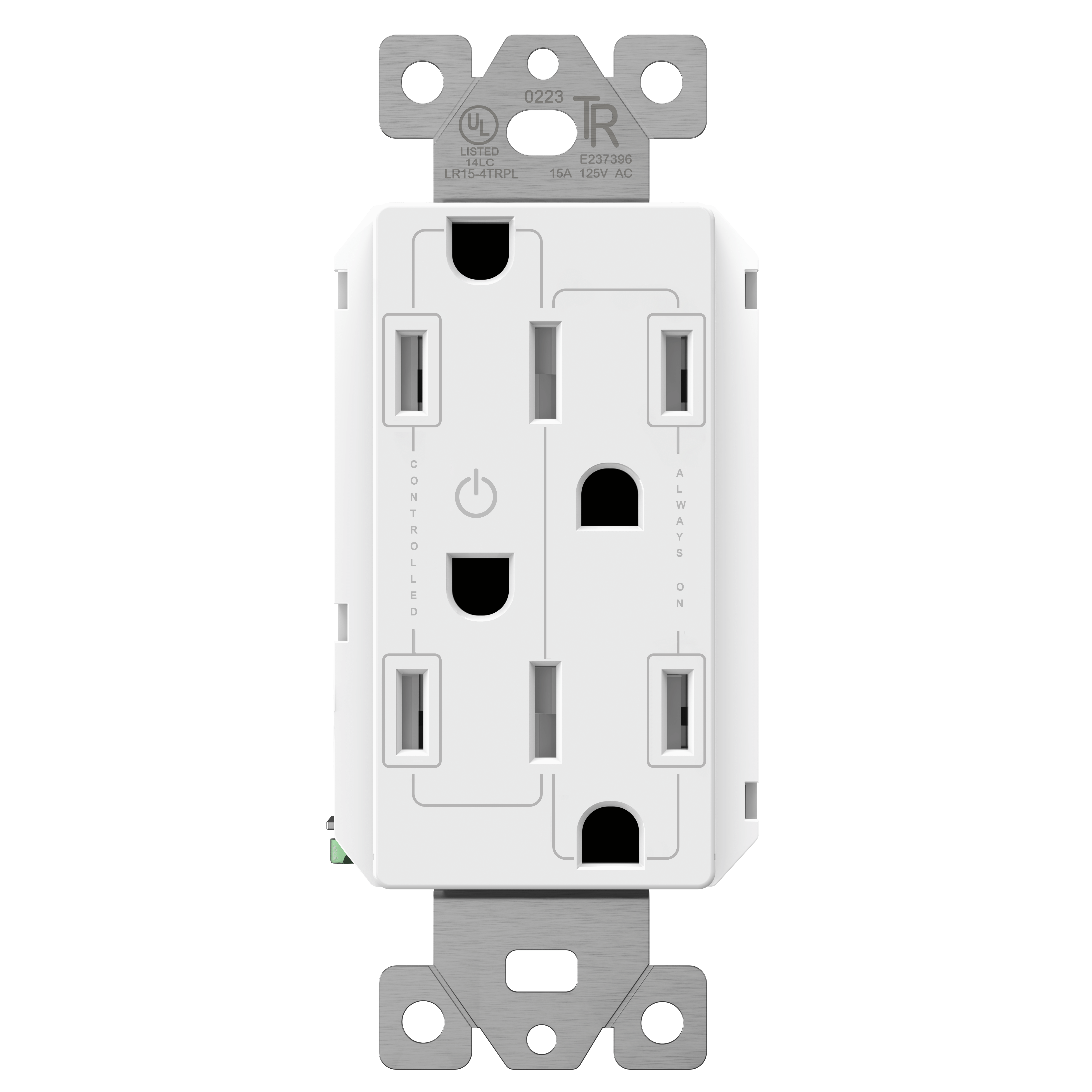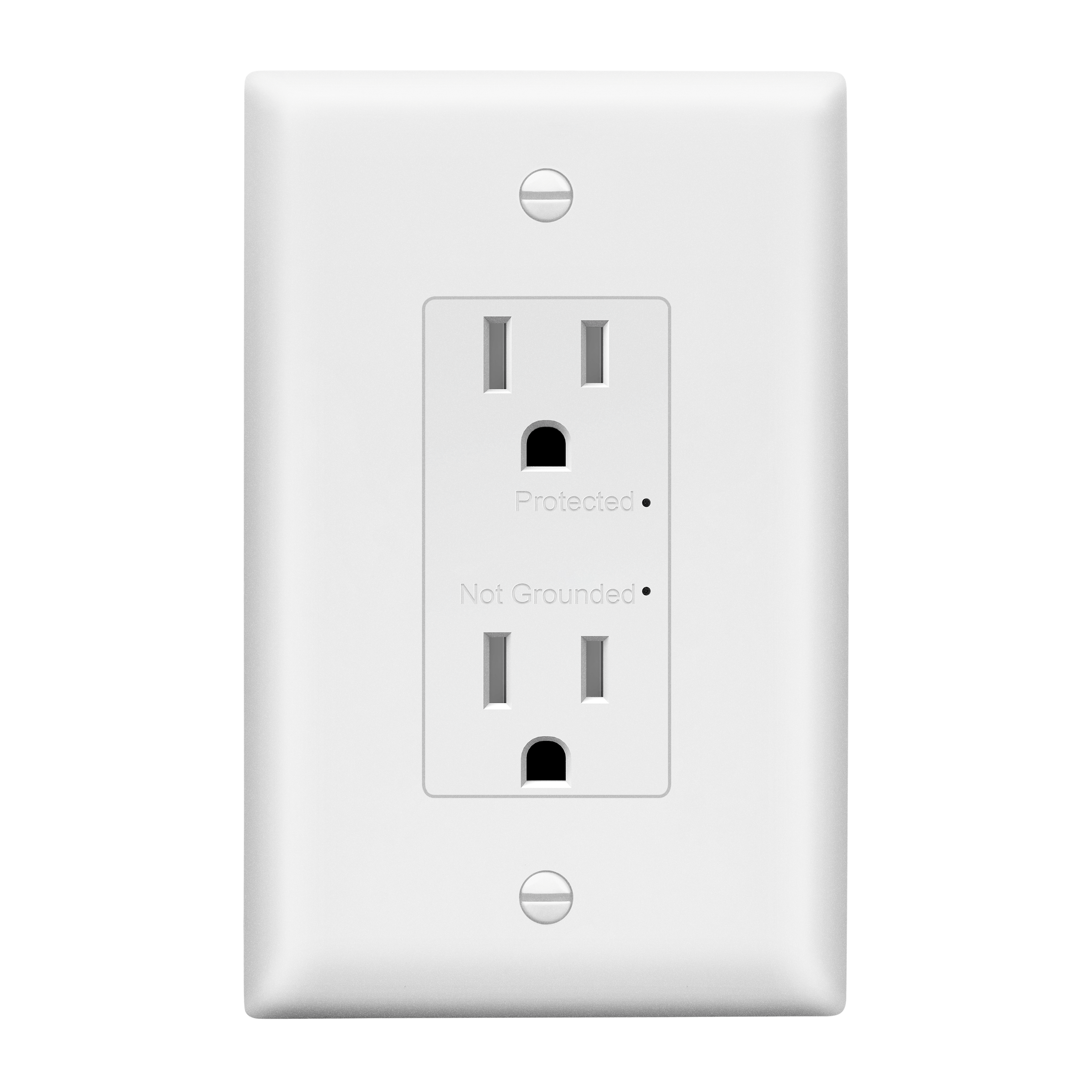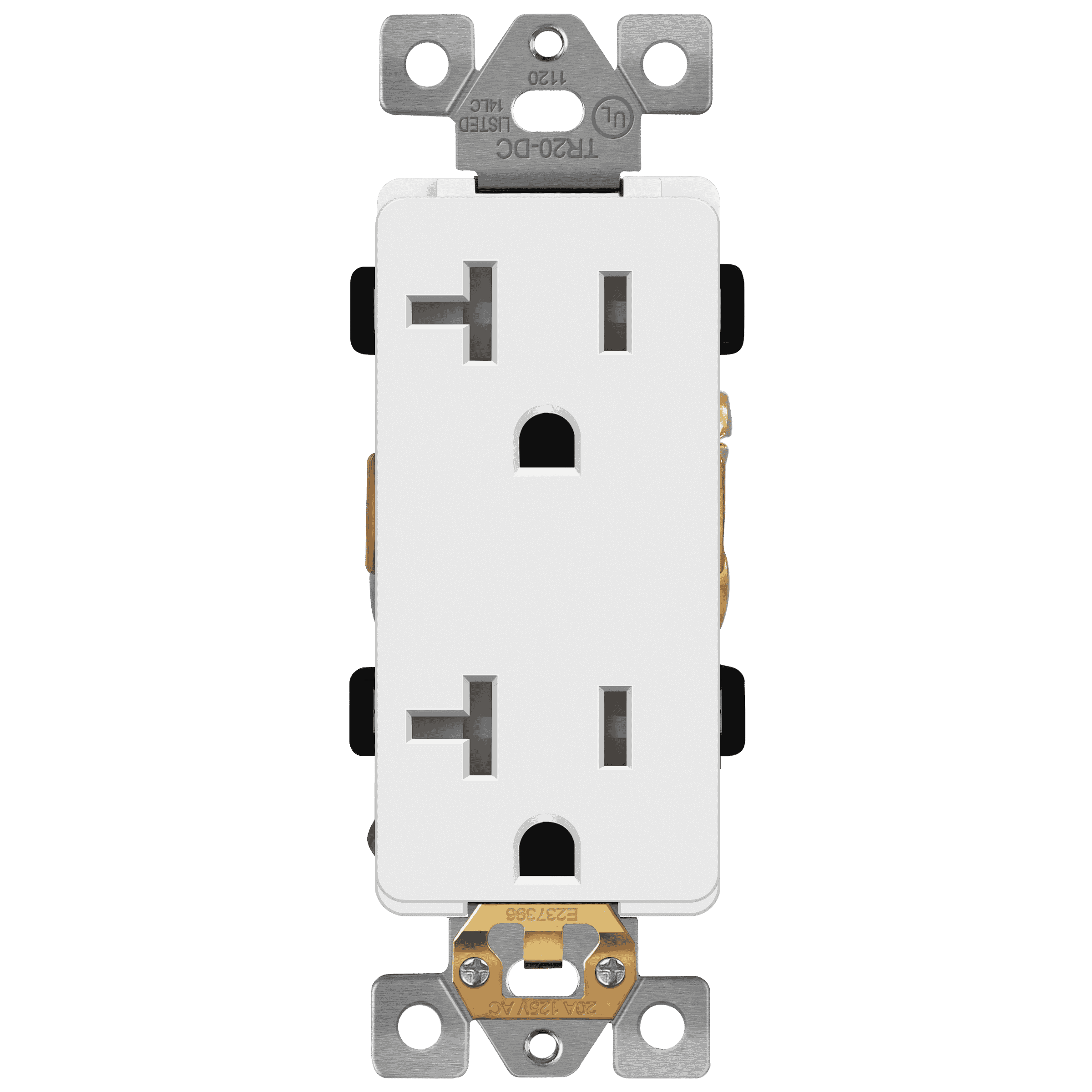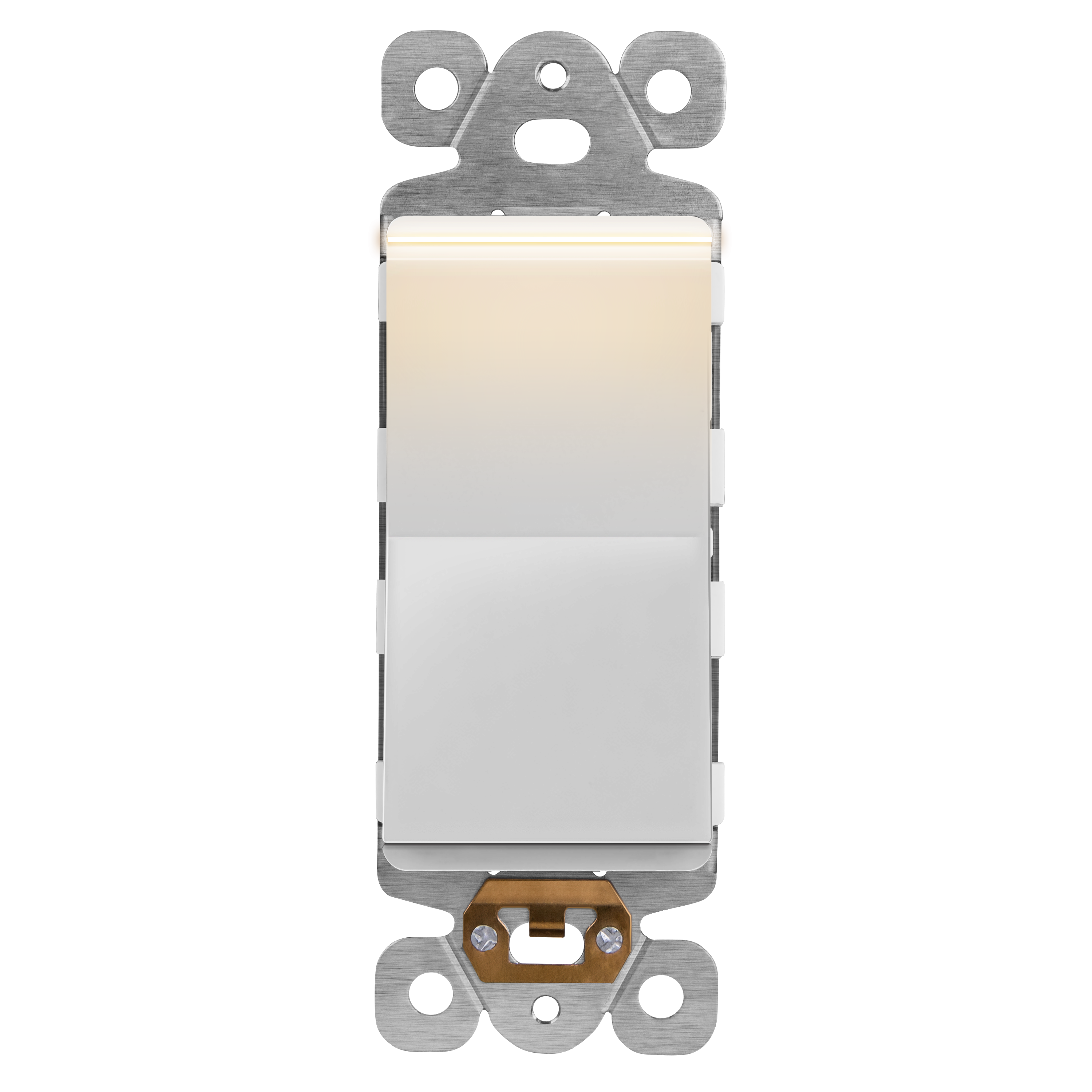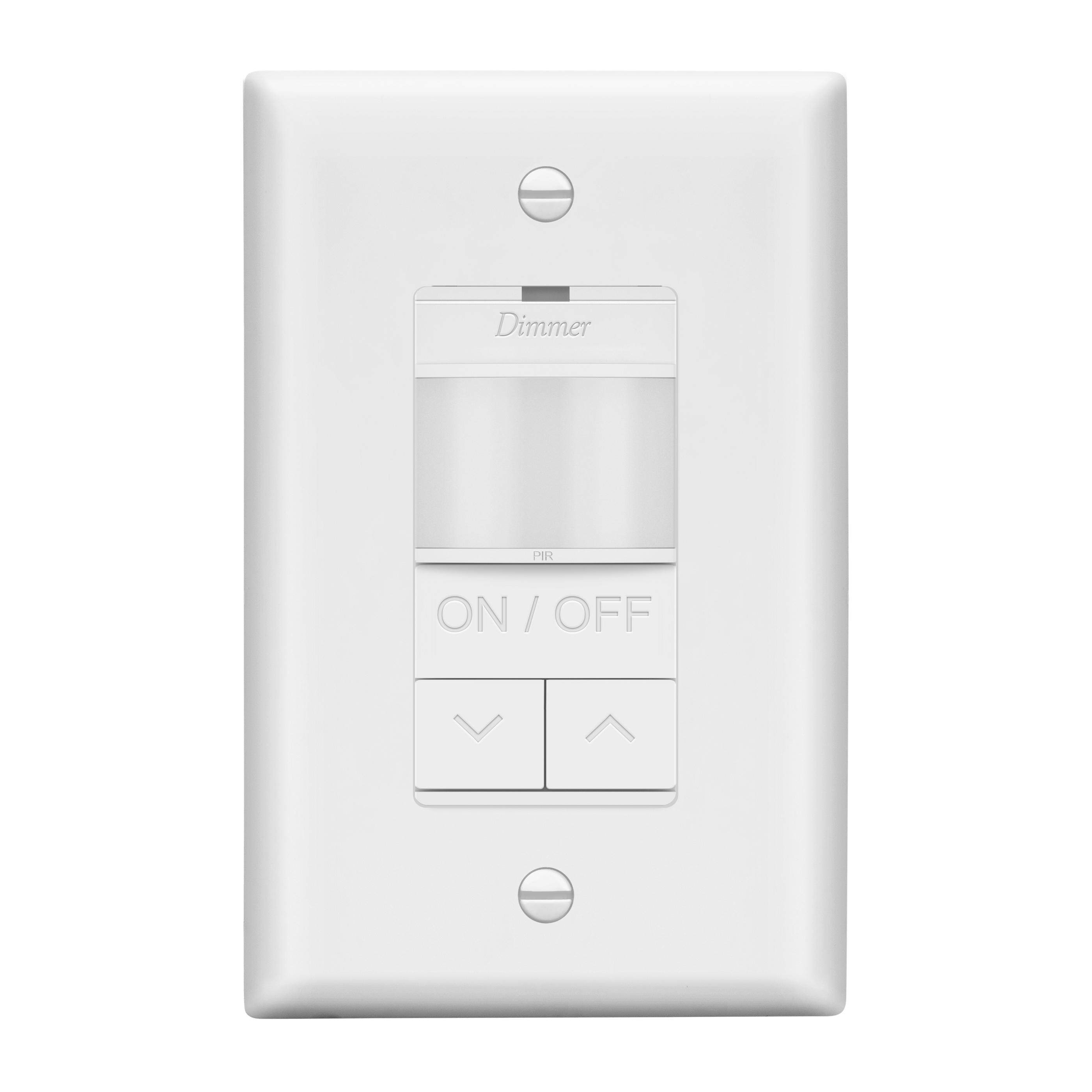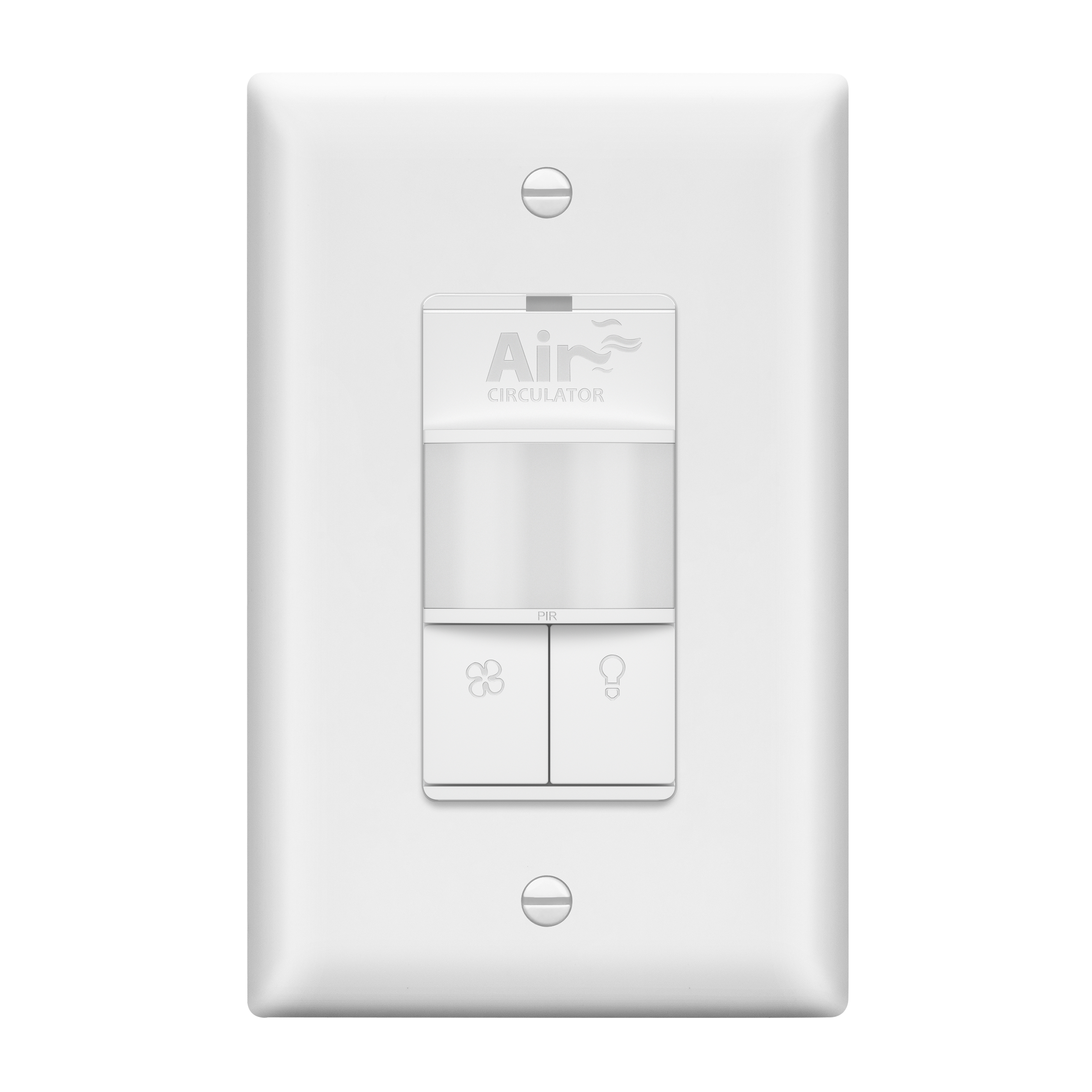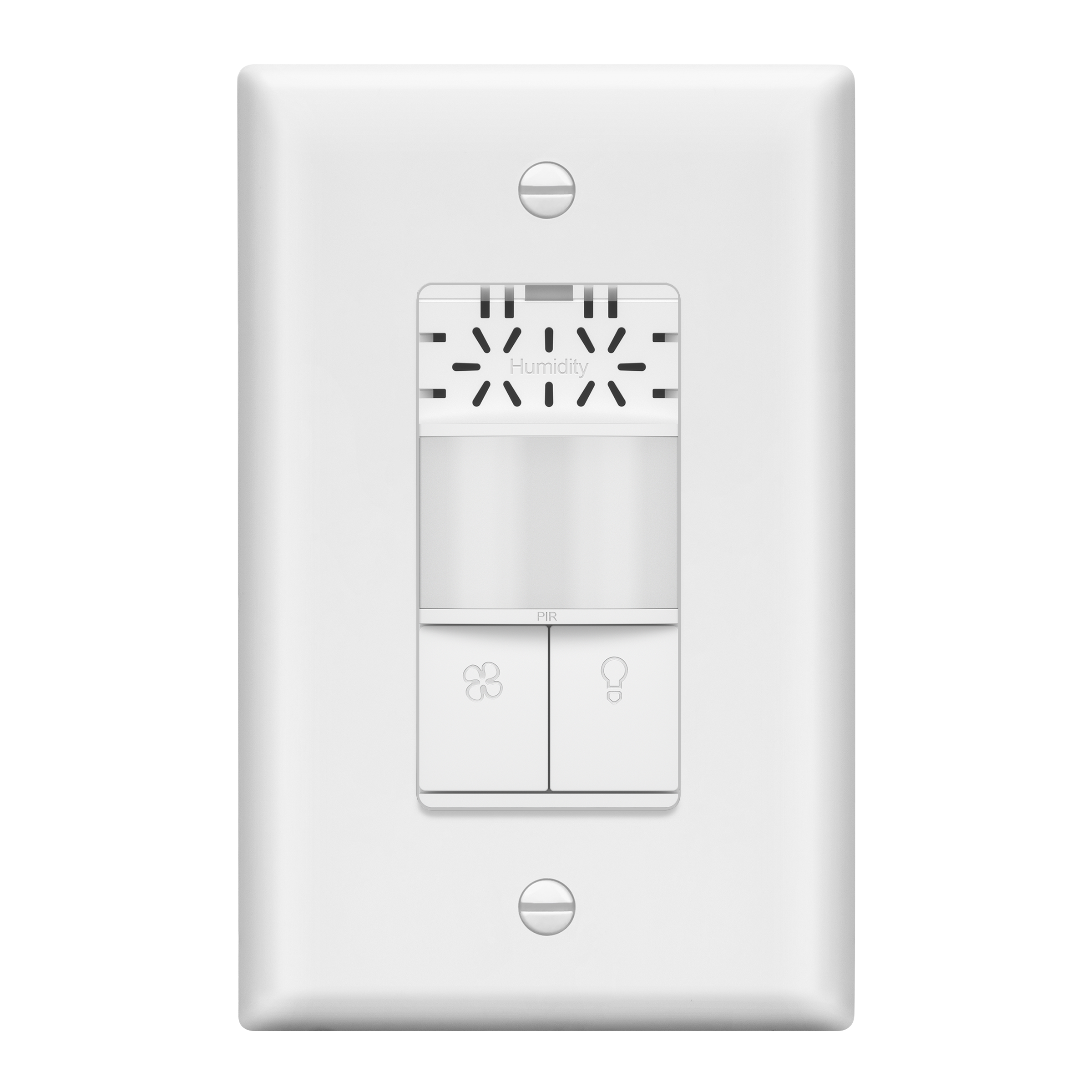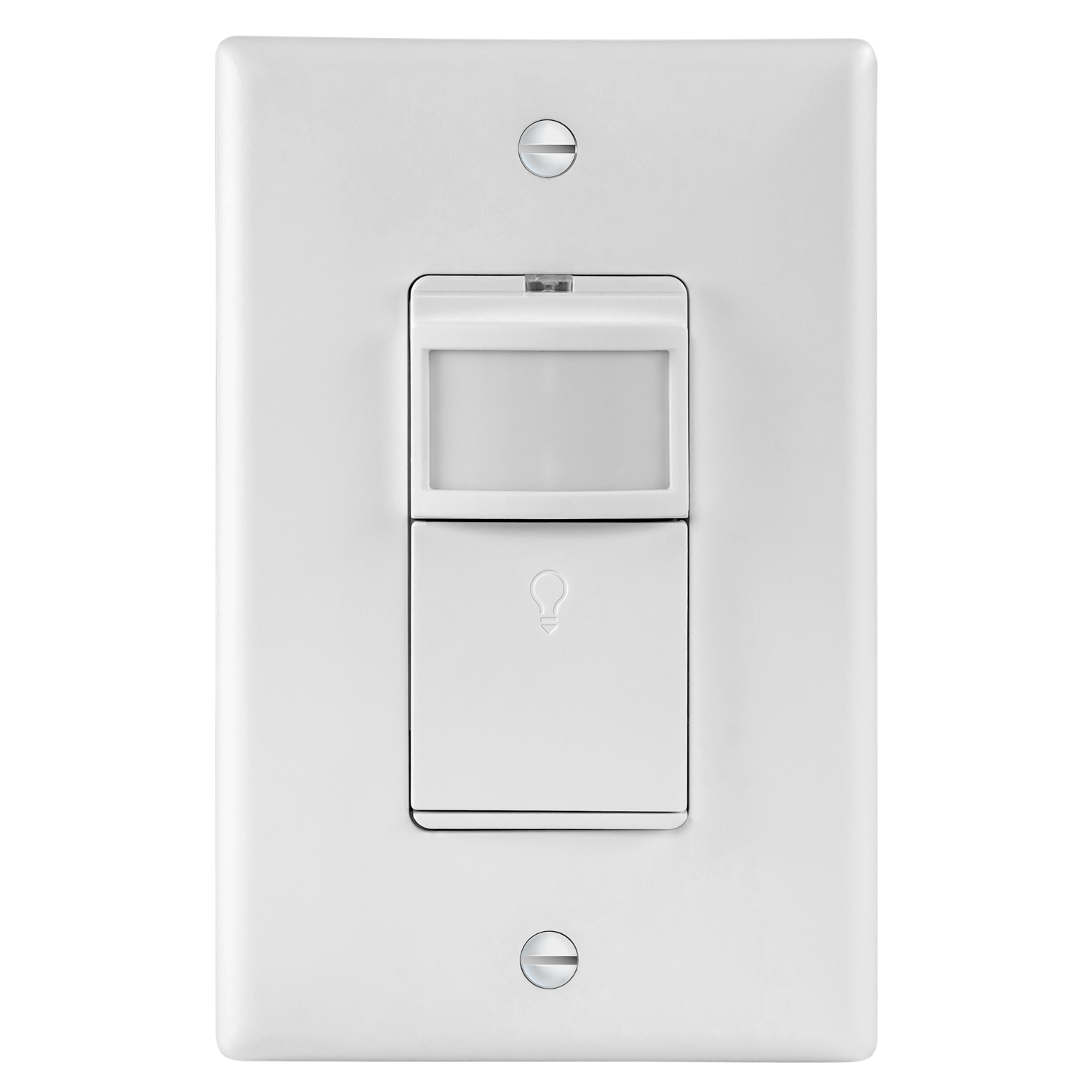Backsplashes have been an essential part of kitchen design for almost a century. It is an integral part just as much as the countertops, cabinets, and kitchen appliances. Not only does it provide a major stylistic role, but it is also incredibly functional. Backsplashes prevent walls from being soiled by grease, liquid, and other messes prevalent in the kitchen. After the mess of making a meal, kitchen backsplashes provide an easy surface to clean, all while creating a sense of fashion and beauty when done right.
THE HISTORY OF THE BACKSPLASH
Backsplashes did not appear in kitchens until the 1930s, around the time when running water became a widespread feature in American homes. At this time, backsplashes were oftentimes found attached to farmhouse sinks that sat on top of counters. However, when undermount kitchen sinks rose to popularity a decade later, backsplashes could no longer be directly connected to the sink. That is how modern backsplashes as we know them today came to be attached to the wall.
Kitchen backsplashes in the 50s followed the bold and bright aesthetic choices that reflected the time. Mosaic backsplashes were popular; they were made up of small square tiles around 4 inches long and pieced together to create elegant patterns. Cement tiles were the standard and provided a touch of personality and function to home kitchens.
To this day, cement tiles maintain their spot as a reliable and timeless material for backsplash designs. However, it is not the only choice. As technology and production modes advanced, other materials like glass, porcelain, stone, and metal emerged as strong and popular contenders for backsplashes.
CHOOSING THE RIGHT MATERIAL FOR YOU
When considering what material to use for your backsplash, there are many aspects to consider–from price point to durability and strength to style. The choices may seem overwhelming, but we’re here to help break it down for you so you can design your custom backsplash with ease.
As aforementioned, cement tiles remain a cost-effective, reliable choice for creating your backsplash. According to Forbes, the pricing for ceramic tile ranges from $1.25 to $10 per square foot for machine-cut options. As far as professional backsplash installation goes, ceramic tends to be on the cheaper and quicker side compared to other materials. DIY backsplashes are also becoming a popular route for those who want to save that cost.
In essence, ceramic tile is known for being versatile and accessible, with all kinds of shapes available for purchase. It is also easy to replace, but in the long run, can crack or the grout can be stained.
Porcelain, on the other hand, is longer lasting and makes for a high-end, luxurious appearance. It doesn’t need to be sealed so the grout won’t stain, however, it is more expensive than ceramic. Glass is a unique design choice and provides an iridescent and light atmosphere. Its see-through quality makes it an interesting choice. It also is available in many different colors.
Stone tile is another great choice; the most popular type of stones are granite and slate which provide heavy-duty performance. Stone backsplashes provide a natural, organic atmosphere and add a layer of elegance to the space.
A stainless steel backsplash is a fantastic industrial choice that echoes the appearance of upscale restaurant kitchens. It is an excellent material because it is cheap to install and easy to clean. Plus, it provides a reflective surface that opens up the space.
SHAPES, PATTERNS, AND OVERALL DESIGN STYLE
The material you choose will set the tone of the kitchen. For instance, a bright ceramic backsplash with intricate designs can replicate a vintage style. Backsplash trends may come and go, but there’s nothing wrong with sticking to a classic and following your own personal tastes.
You can arrange different colors and patterns of tiles together to create a beautiful mosaic design. By arranging your backsplash pattern this way, you can create an attractive and unique time capsule in your home.
On the other hand, porcelain can provide a seamless, modern appearance to your home. Most of the common porcelain tile colors are clean shades of neutral colors such as white and will open up the space. Stainless steel or metal backsplash options have a similar effect.
Tiles made from any element can be cut into interesting shapes and sizes. There are classic square and rectangular styles, but you can play with others such as hexagonal tiles, picket tiles, and more.
COMPLEMENTARY DESIGNS
The kitchen backsplash tends to be installed last, but it remains a crucial part of the kitchen design. The backslash should blend in or provide a complementary contrast to other elements in the kitchen. Contrasting porcelain tiles with a marble or stone countertop can provide depth to the overall design.
At Lider, we know how much thought goes into your backsplash ideas and designs. That’s why we provide electrical devices and accessories that can easily mesh with your artistic vision. Browse our expansive catalog for products that suit your needs.


